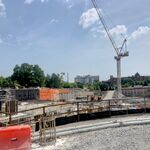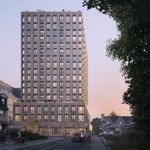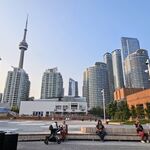W. K. Lis
Superstar
This seems relevant to the Scarborough extension and other suburban subways that are needlessly underground and have been plagued by political meddling.
New report shows the soaring costs of transit construction in Toronto
The report concludes that subway construction is now 9 times more expensive than in 1954, a number that accounts for inflation, and that costs really only started to spiral out of control around the turn of the millennium. That makes sense, because from the 60s to the 80s subways were put above ground if possible, especially is less dense suburban areas. The huge cost discrepancy is especially jarring when you consider that the subways in the 1950s were built in the heart of downtown with stations close together while modern subways have mostly been in less complex, less dense areas with stations far apart.
Something is seriously wrong with the way Toronto builds mass transit.
Different building standards in the 1950's. Asbestos was required to be used, for example, now they have to spend millions to remove them.
Escalators? Why? People can use the steps.
Elevators? Again why? Only multi-floor department stores need them.
Etc...




